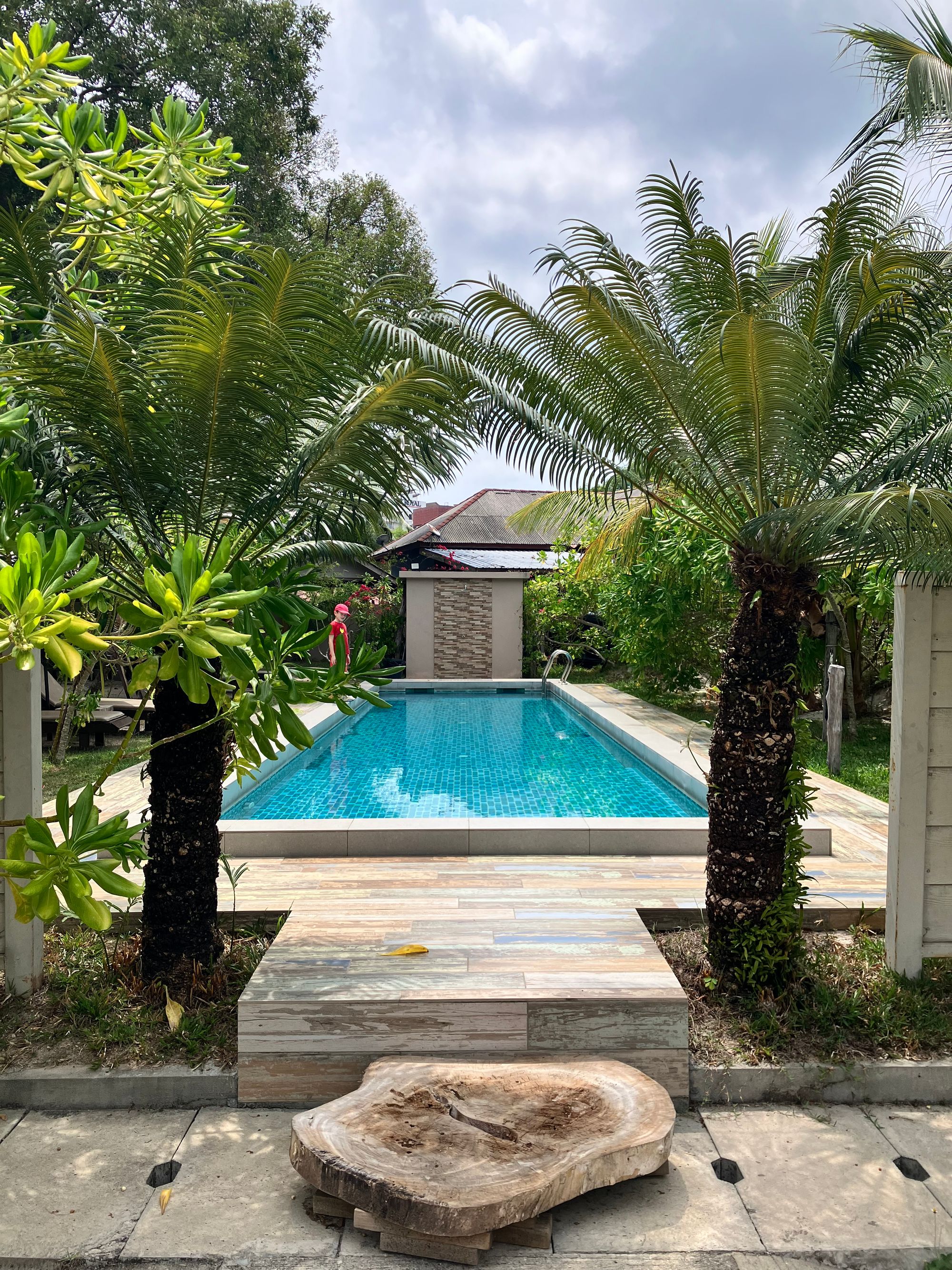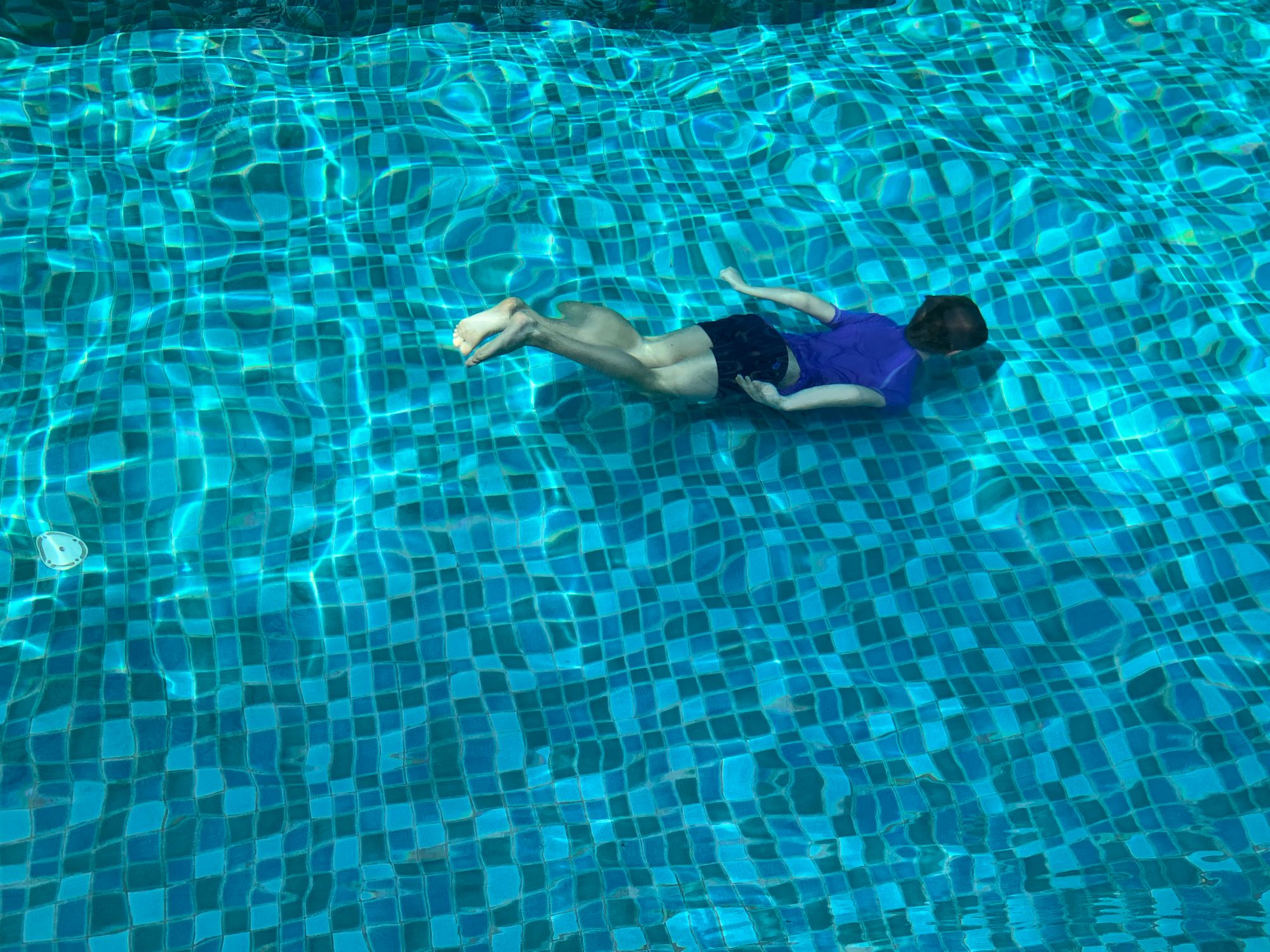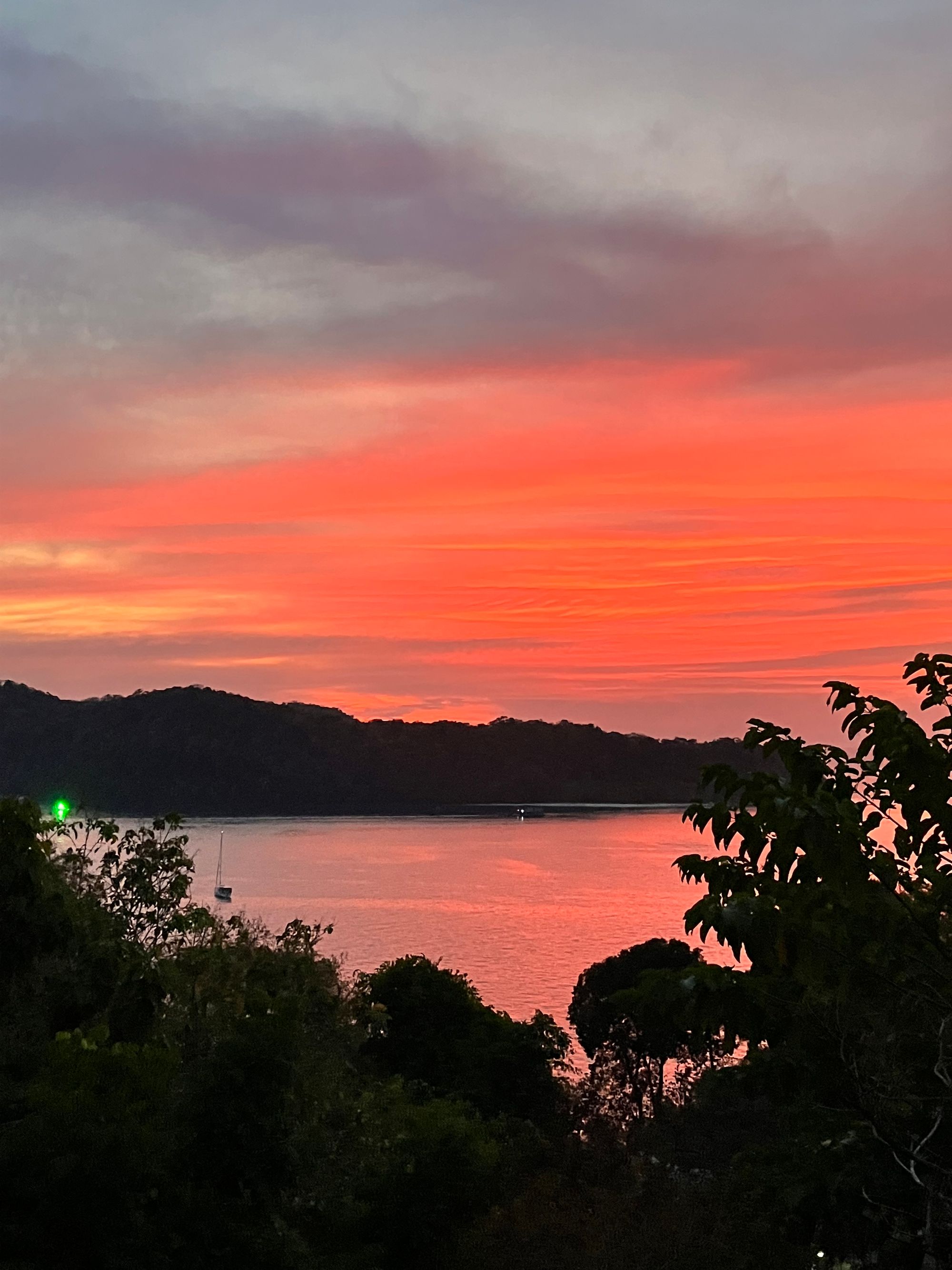Malaysia, truly Asia

After the luxury and grandeur of postcard-perfect Singapore, the next leg of the trip was the neighboring Malaysia. It is often said that Malaysia is truly Asia, and there is truth to that phrase, it is not only its catchy tune that made it stick. Everything is more raw, authentic, and genuine, just after a very short flight to Kuala Lumpur.
Kuala Lumpur is not necessarily a city that impresses you with its beauty or order, especially after the surreally gorgeous Singapore. You travel from the airport through a thick jungle that you don't expect to breathe down the neck of a capital city. You arrive and immediately encounter chaos, grime, illogical architectural decisions, ugliness, poverty, noise pollution, and wildly dense traffic. The explosions of smells and colors in the flower wreaths of Little India, a few streets further a cow freshly slaughtered on the curb, meat being hacked and sold at a temperature that is never under 31 degrees. Chinatown is packed so much that you become claustrophobic, the meat of red glazed ducks is hanging from every shop window, and the ocean of fake merchandise leaves you dizzy, disoriented, and confused. There is the agony of choice there that leaves you craving nothing. But this being a metropolis, you can still find an oasis of tea there and in a teashop almost a century old, stock up on some seriously divine oolong tea leaves. Sublime smells, exclusive atmosphere, dainty porcelain, and precious plants, rubbing shoulders with all the rest outside. And then a few subway stops away, the luxury and moneyed elitism of the Petronas Towers and its surroundings slaps you in the face. You feel small, insignificant, and utterly poor there. Everything everywhere all at once, sensory overload. Think of India and you will have an approximate idea of the streets of KL. I happen to love India, don't get me wrong, but I can also understand why the city might not be everyone's cup of tea. Not even if it is of an oolong kind.
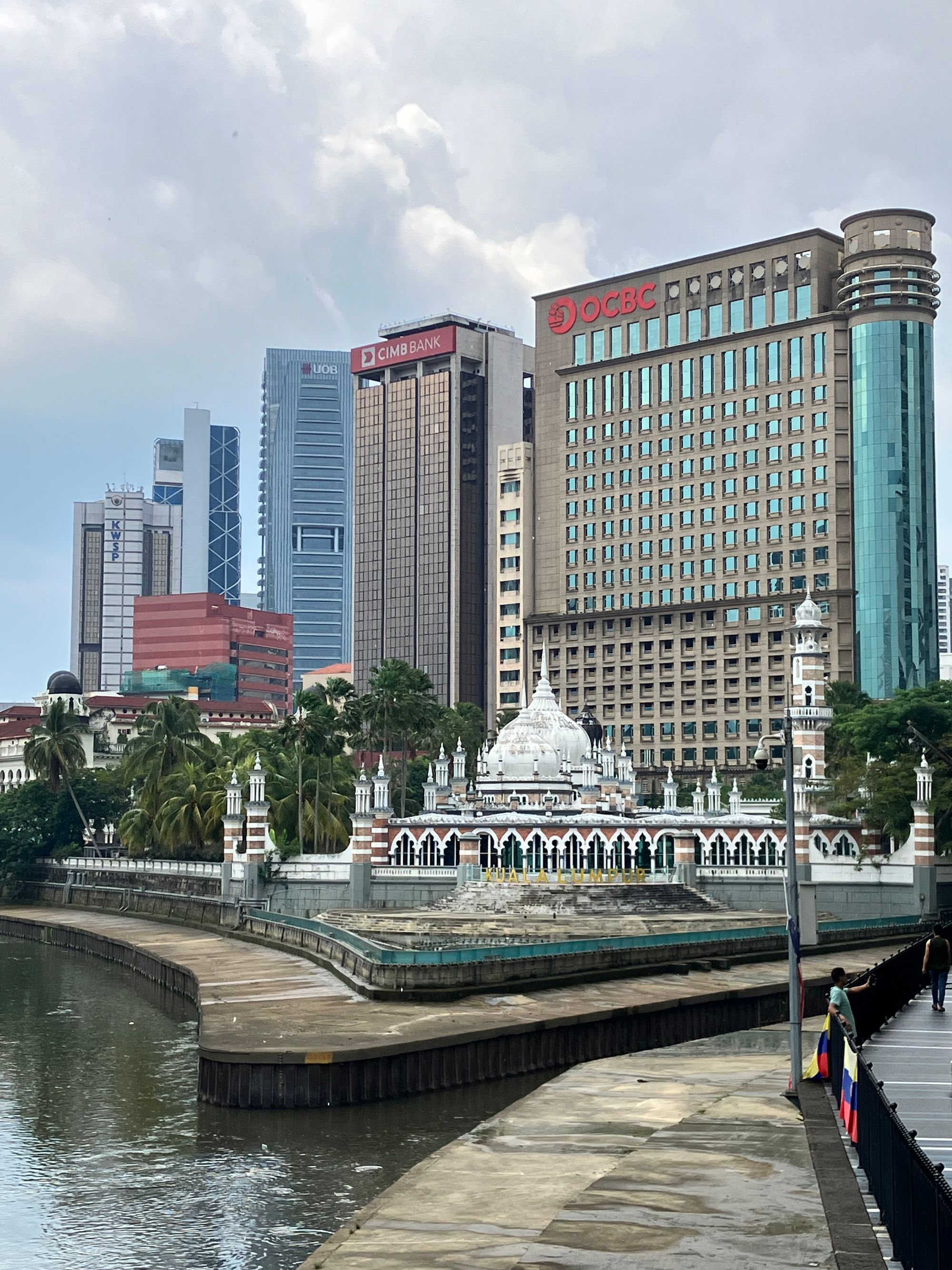
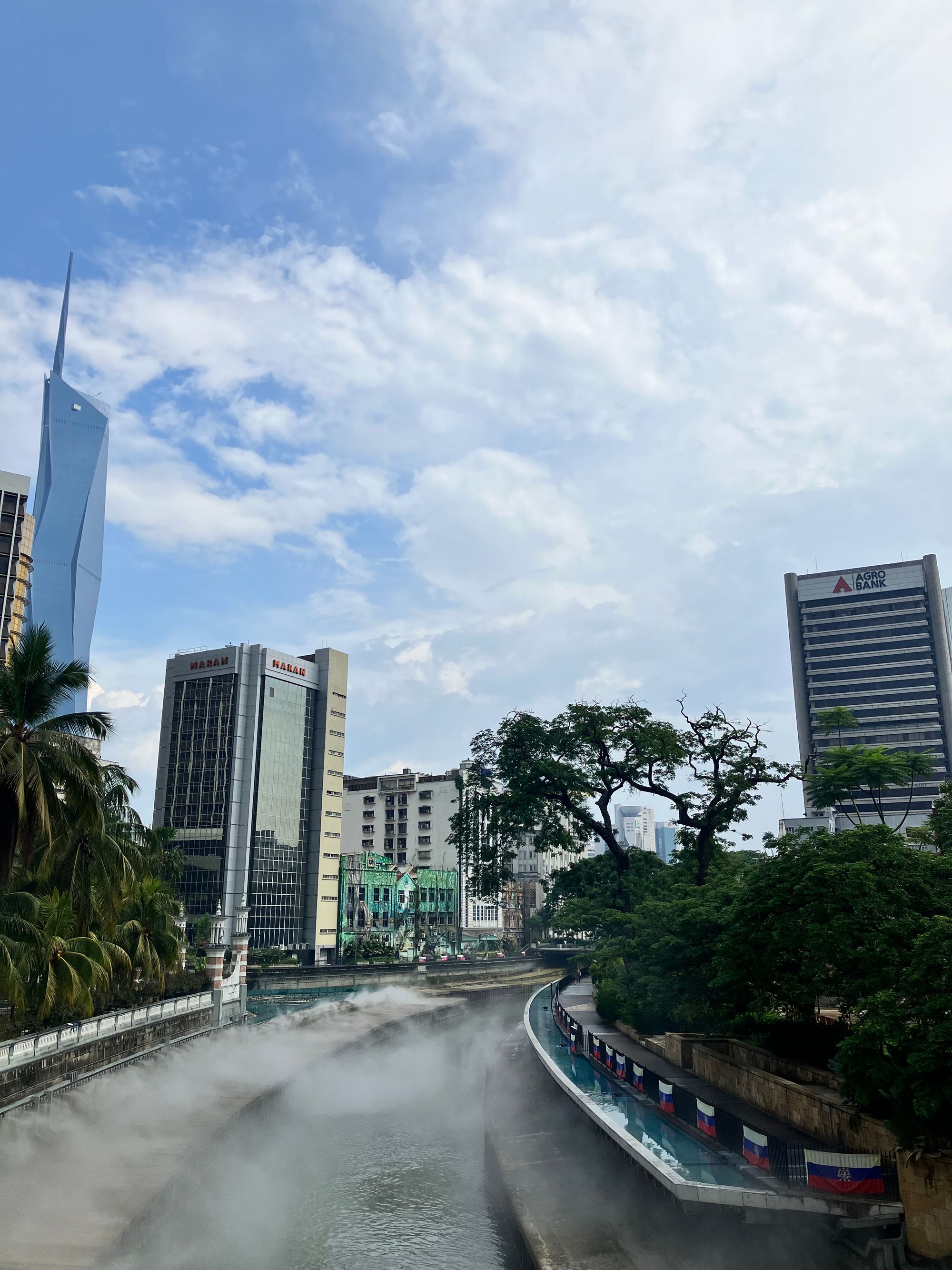
However, Kuala Lumpur comes to life at night when all the skyscrapers start to twinkle and pierce the dark with their lavishness. Then, the only place in the world worth being in, is a rooftop terrace, a Kuala Lumpur infinity pool overlooking the cityscape. The universe was winking at us, indeed, in these moments. It was one of the moments I will forever cherish in my mind. Surrounded by young, carefree people from all over the world, who are probably digital nomads, living their best, untethered life, while listening to pop music from the rooftop bar. Splashing in the always warm water, despite coming close to midnight, I understood the appeal of Kuala Lumpur. It is an ideal place for young, restless, adventurous people, smart, cosmopolitan beautiful youths, who live for fun, nightlife, and hedonism. I visited Kuala Lumpur twenty years too late.
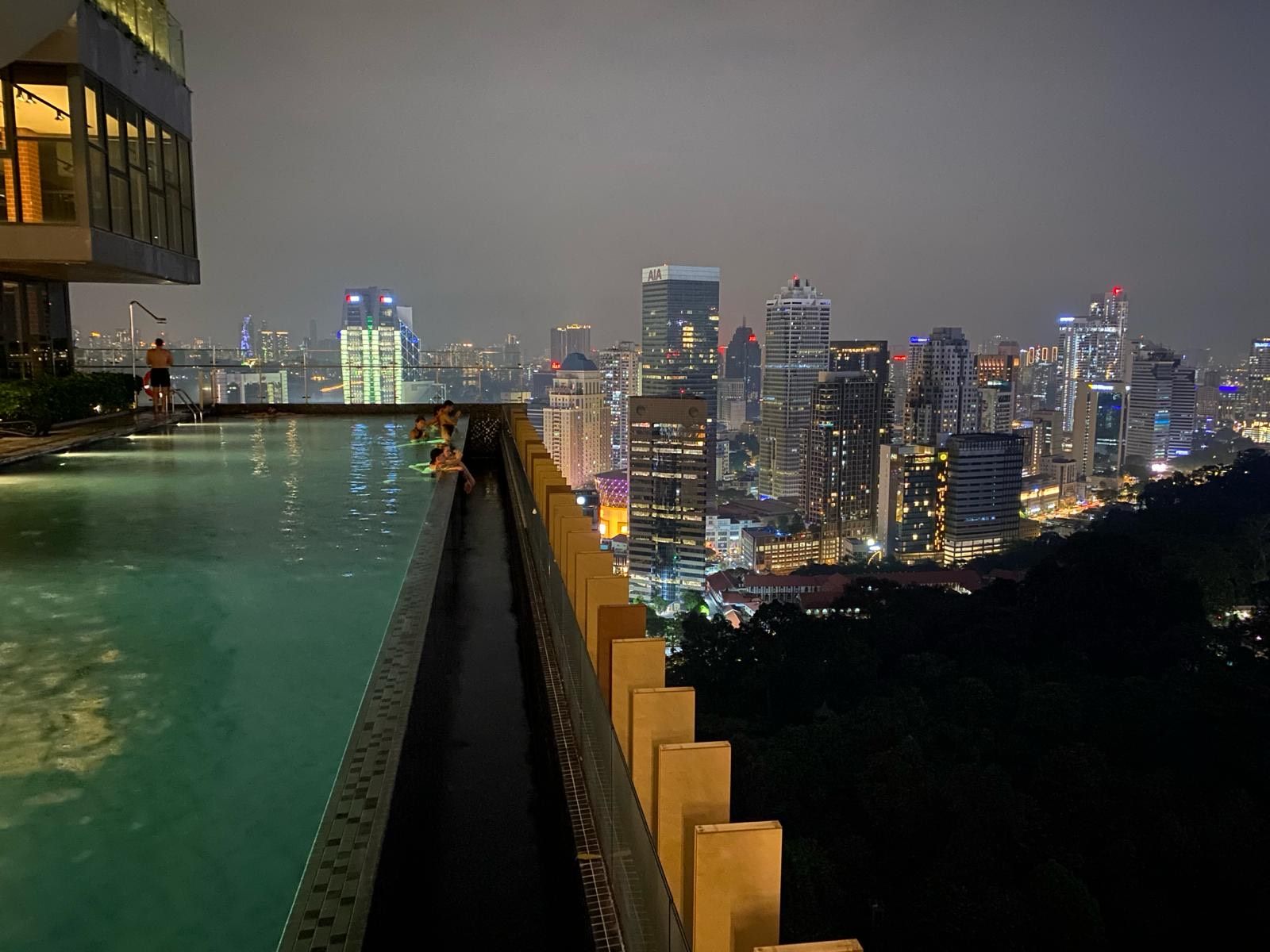
They say that the most interesting people are those who have had a tumultuous life and who store varied history within them. The same applies to places, and Malacca, or Melaka, is one such place. The next city on our tour of Malaysia had a colorful past, being colonized by the Portuguese, Dutch, and British, and in the process it assimilated influences from all these former colonial powers, and found a way to ingrain them in the food, architecture, language, and lifestyle. Local communities of Malacca are a melting pot of Chinese, Malay, and Eurasian cultures, but on a more subjective level, in the center cluster, called Jonker Walk, you feel as if you have arrived in China. It's all there: kimonos, knickknacks, red lanterns, bamboo fans, jade trinkets, kanji characters, and beckoning cats believed to bring success to the shop owners. After dusk, the main street becomes a night market with street vendors selling everything from pineapple cookies, glazed fruits, and durian, to crab burgers.
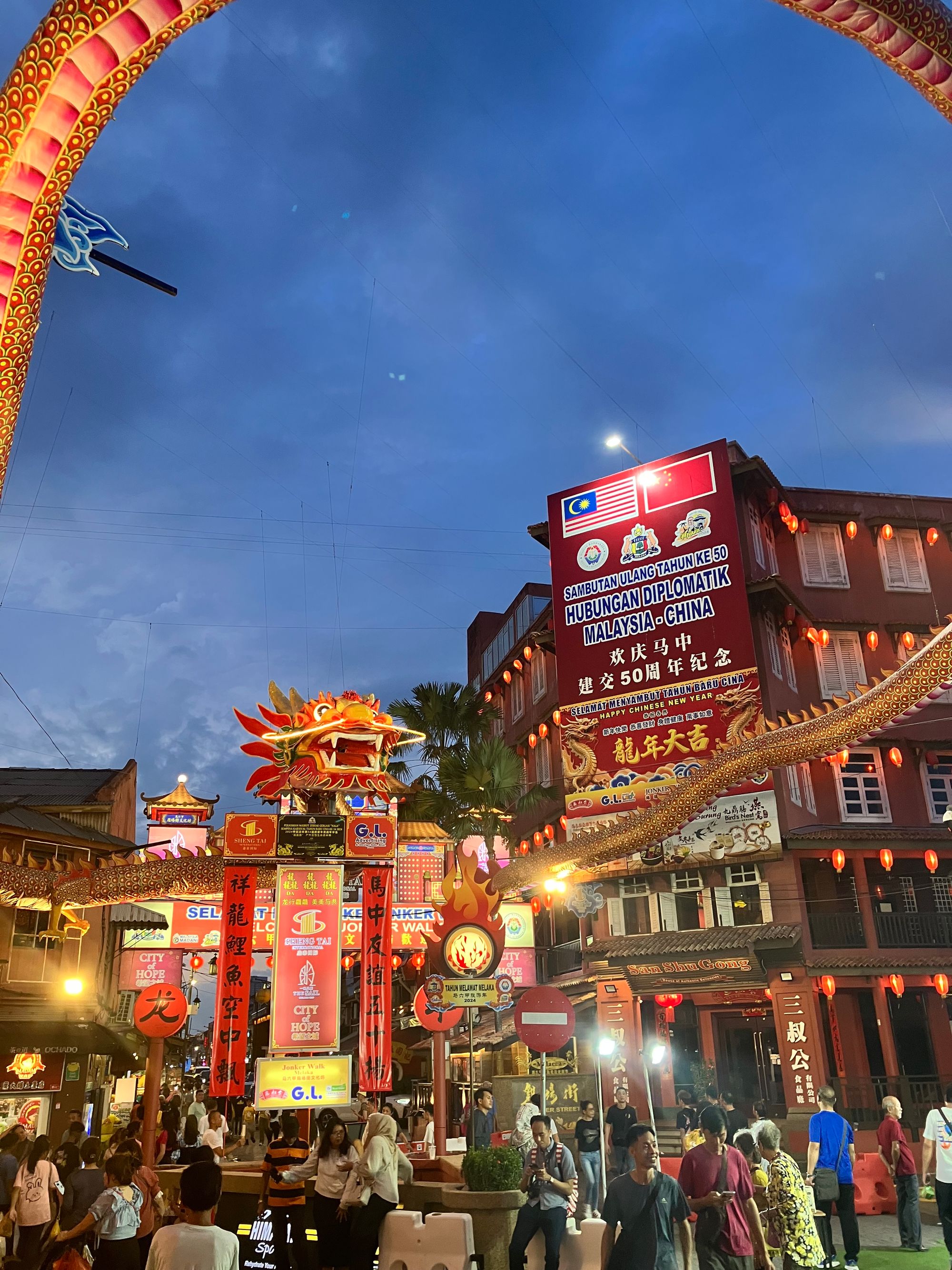
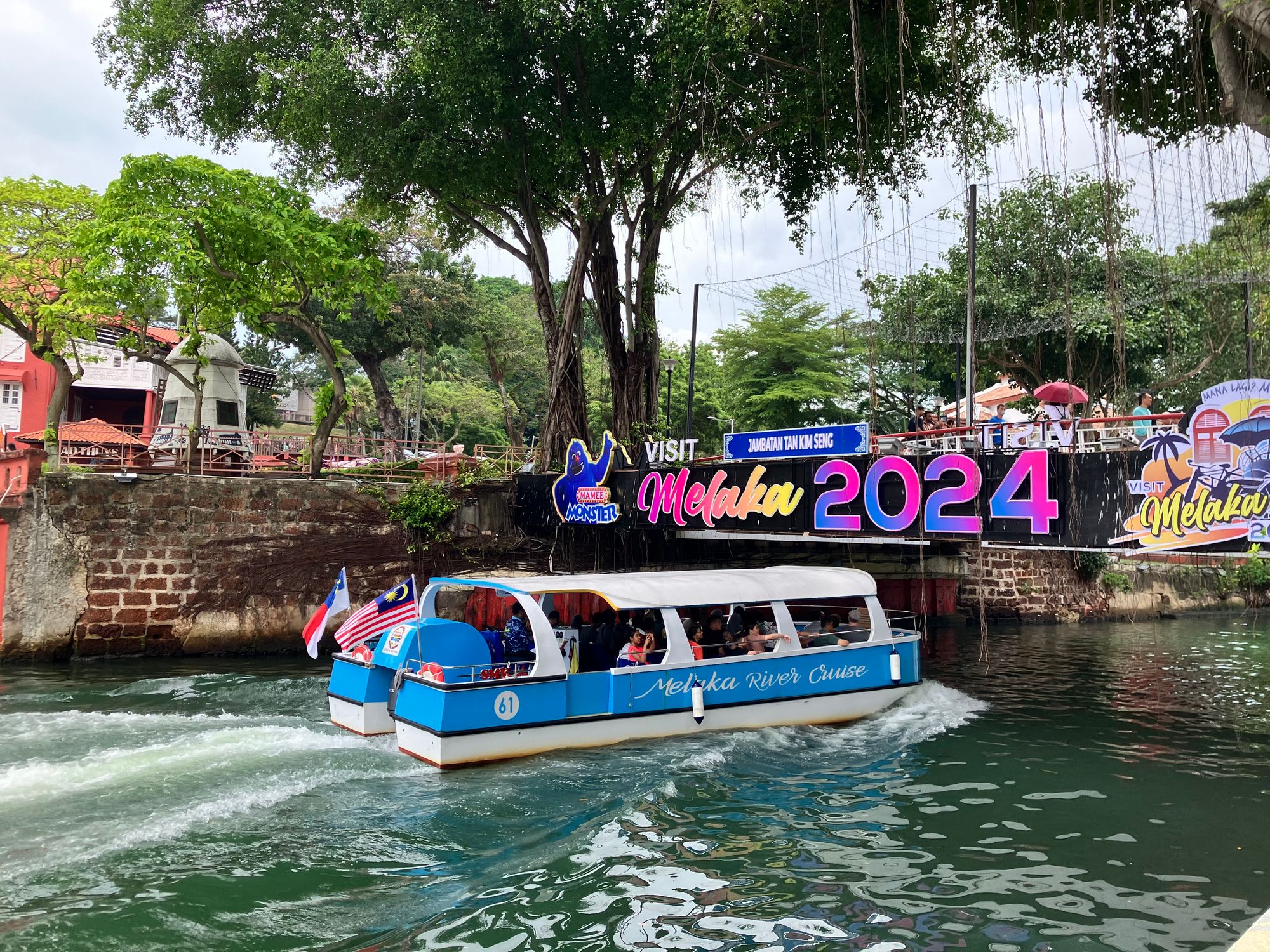
Malacca used to be the most important city of the region, in terms of commerce, wealth, and geographical and strategic location. Only due to losing it to the Dutch, did the British feel pushed to find a new base for themselves, and they struck gold and chose Singapore as the second-best, inferior Malacca. And how many of us have ever heard of Malacca nowadays? Exactly. I tend to dwell rather too much on all my bitter losses and failures, but from now on I'll soothe my flops by saying: "Start anew and build Singapore."
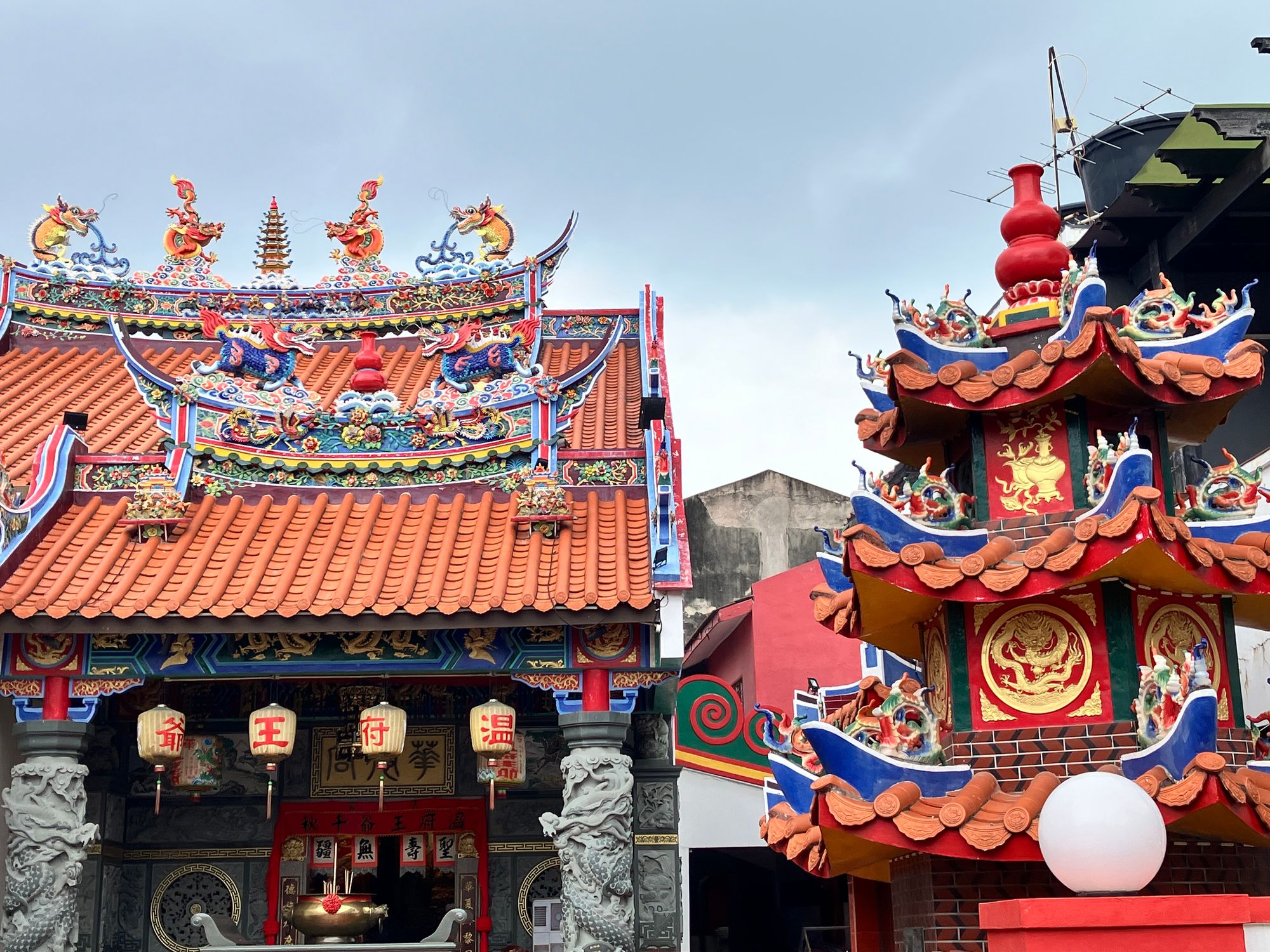
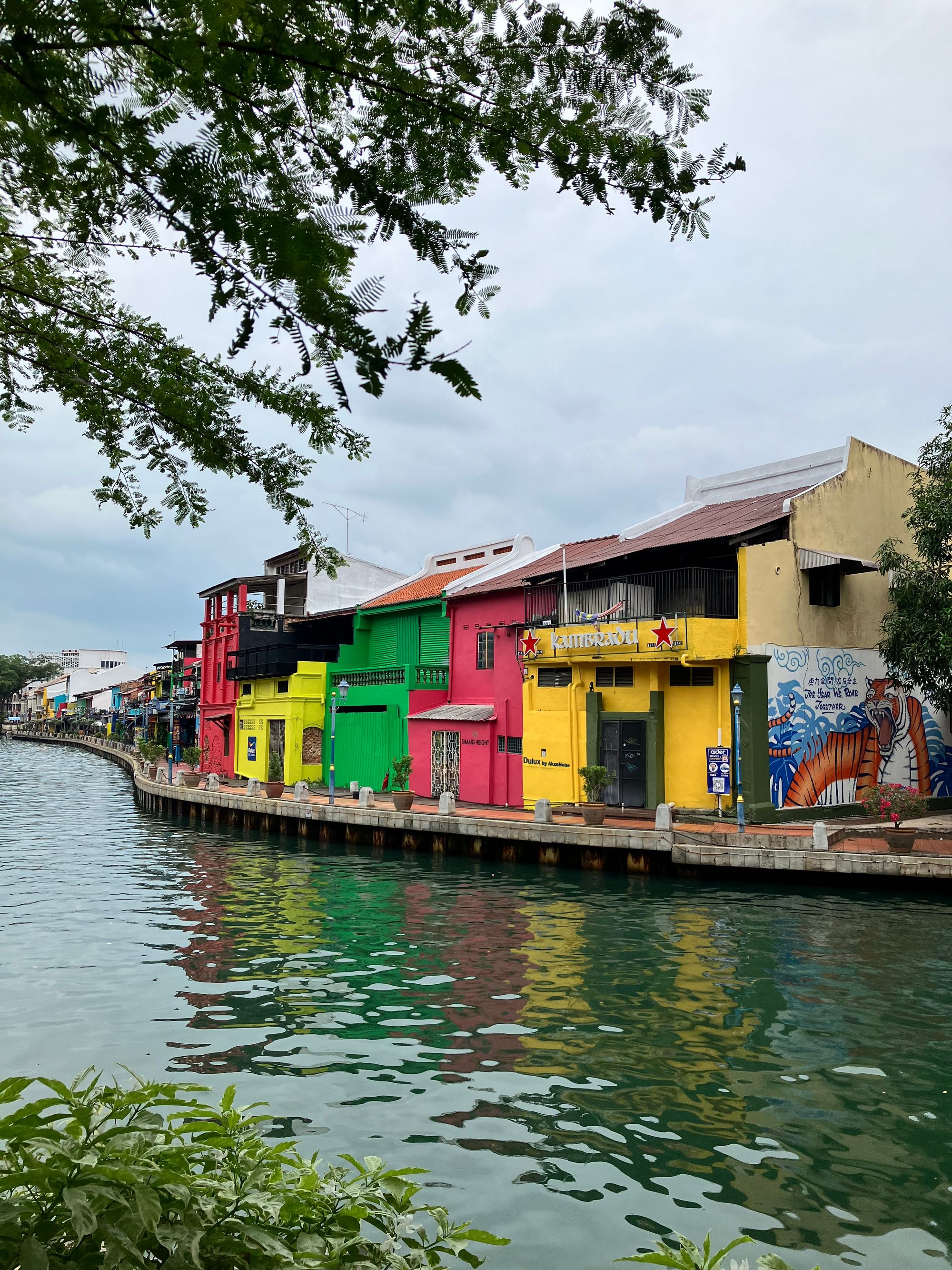
The red-bricked square is the center of life in Malacca, with the church and the town hall that were both built using exclusively bricks shipped from the Netherlands. I can easily imagine a colonial administrator from the 17th century, rigid, self-important, and absolutely adamant that out of all the building materials that Asia has to offer, only the plain red brick from the mother country would do. Only a banal, square, unremarkable building modeled on some ugliness in the Netherlands, would be suitable to adorn the main square of this exotic town. Regardless of what must have been very high costs of shipping, let's forget about all the teak, sandalwood, and everything used to build the sumptuous palaces of the East. Let's neglect that beauty comes in all shapes, forms, and origins. We are the measure of all the world and only my own is valid and worthy. That is all we need to know about the colonial state of mind, which persists to this day. I was very glad to see that all these pompously important buildings were taken down a peg or two by the irreverent ruckus of parked trishaws in front of them. Brightly decorated tricycles, with wildly flashing lights and with music blasting extravagantly, could not be clashing more with the solemn background, even if they tried. I think the above-mentioned colonial administrator would have an epileptic fit if he were to see them.
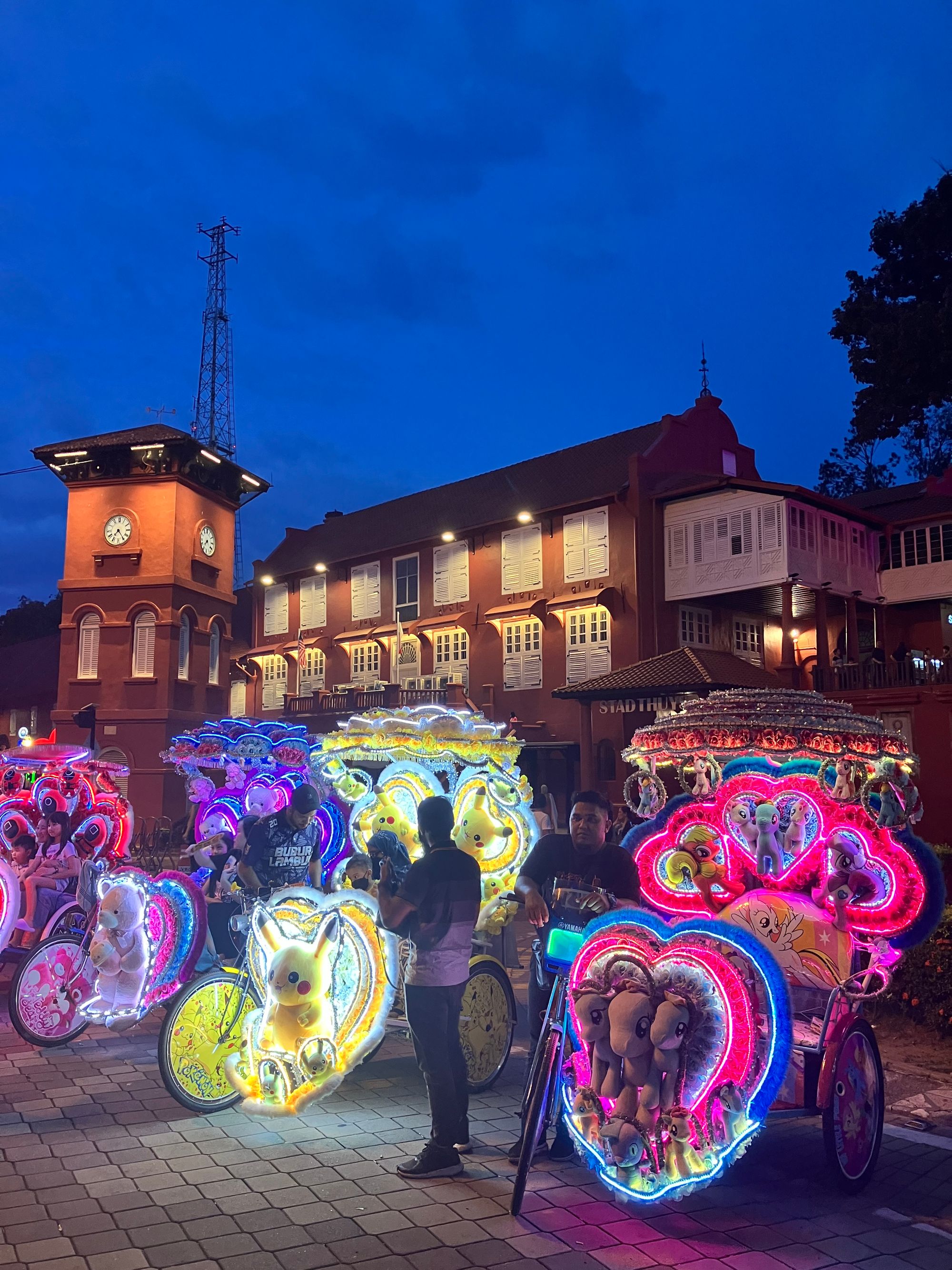
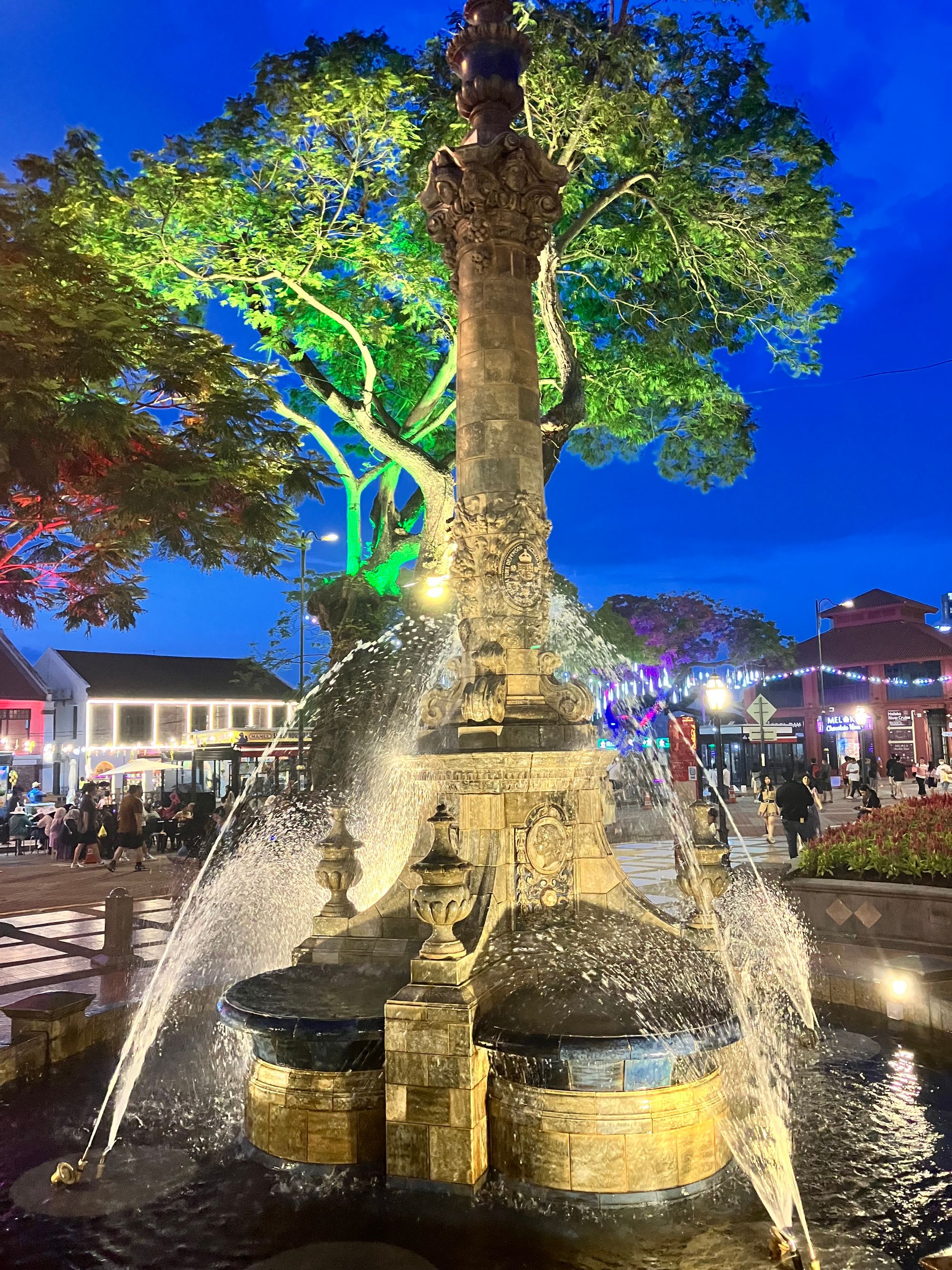
Cameron Highlands is not an easy place to reach, by any stretch of the imagination. A long, narrow, and windy road takes you through the misty rainforests, and thick endless palm growths are all you can see, with all the imaginable shades of velvety green around you. Nature is mighty and at first, it seems too wild, untamed, and impossible to navigate and pass through. Soon, you notice stilt houses, which are improvised, basic dwellings where something unidentifiable is sold and bought. The jungle is full of organized life, a pipe with water bursting out onto the street, plantations all around, and cultivation of flowers, strawberries, tea, you name it. If you strain your eyes even more, you notice a developed lattice of ladders, like in a board game, snake and ladders, that allow people to climb, and move down and up the hills and to the street. The dense jungle is navigable, after all.
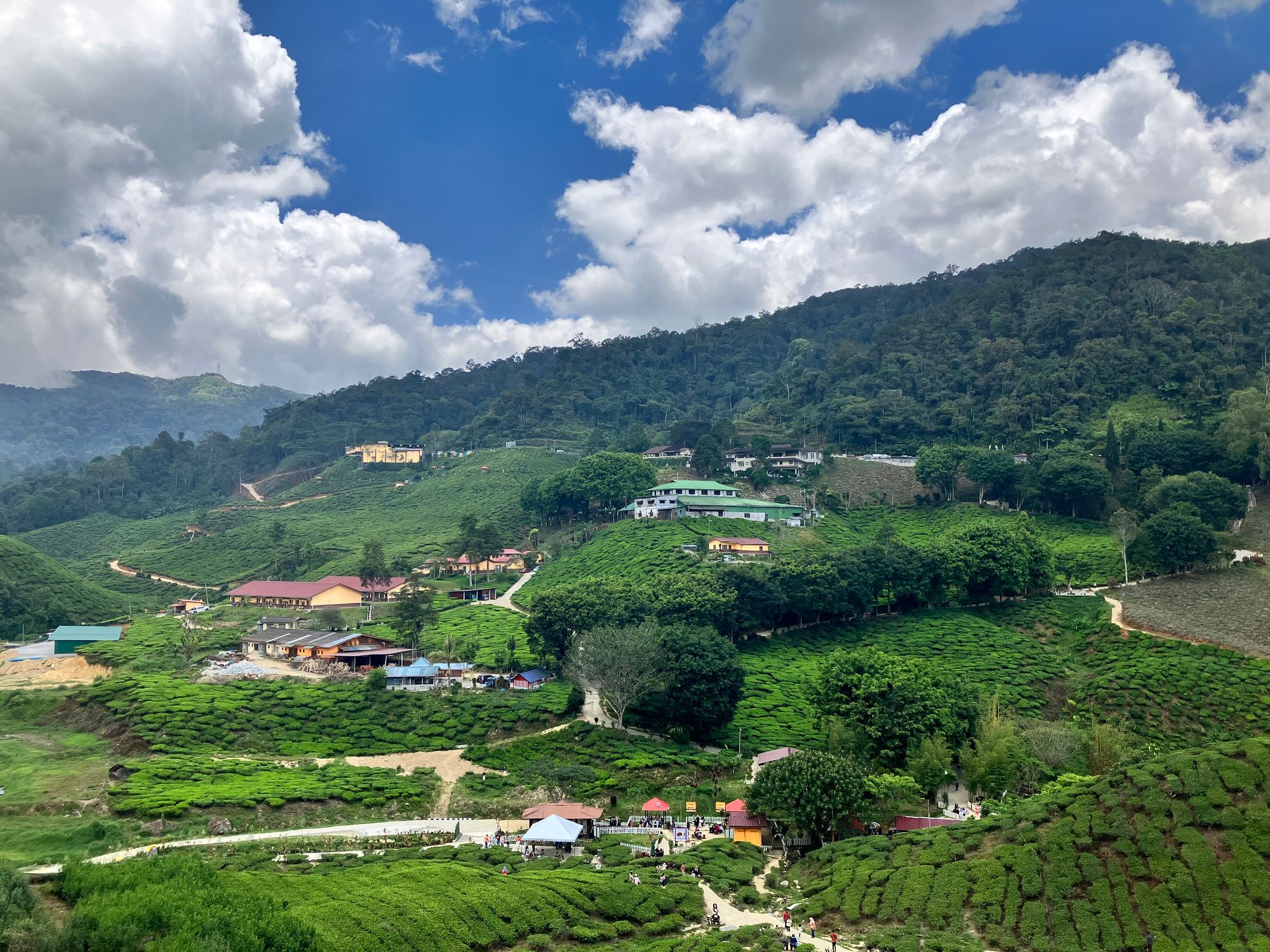
If you are lucky, you will avoid numerous near collisions with other cars, lorries, and motorcycles that bravely whizz past you. You are tense and nervously close your eyes in fear but observe that the locals do not share your anxiety. They have a very nonchalant attitude when it comes to traffic, almost no one is wearing a helmet, and kids are proudly sitting perched on their parent's lap, in the front of the cars. With steering wheels here being on the right side of the car, you wince uncomfortably many times, because the first instinct is that a toddler is driving. To make things worse, numerous children are ferried on scooters, like grapes on a vine. A woman was cradling what looked like a newborn while riding, one-handed, a motorcycle. Do not try this at home, but somehow it all seemed to work smoothly and accident-free. The last, most convoluted part of the road might be only 5o kilometers long, but it will take many nail-biting hours to navigate. But for a reason is Cameron Highlands one of Malaysia's most breathtaking destinations.
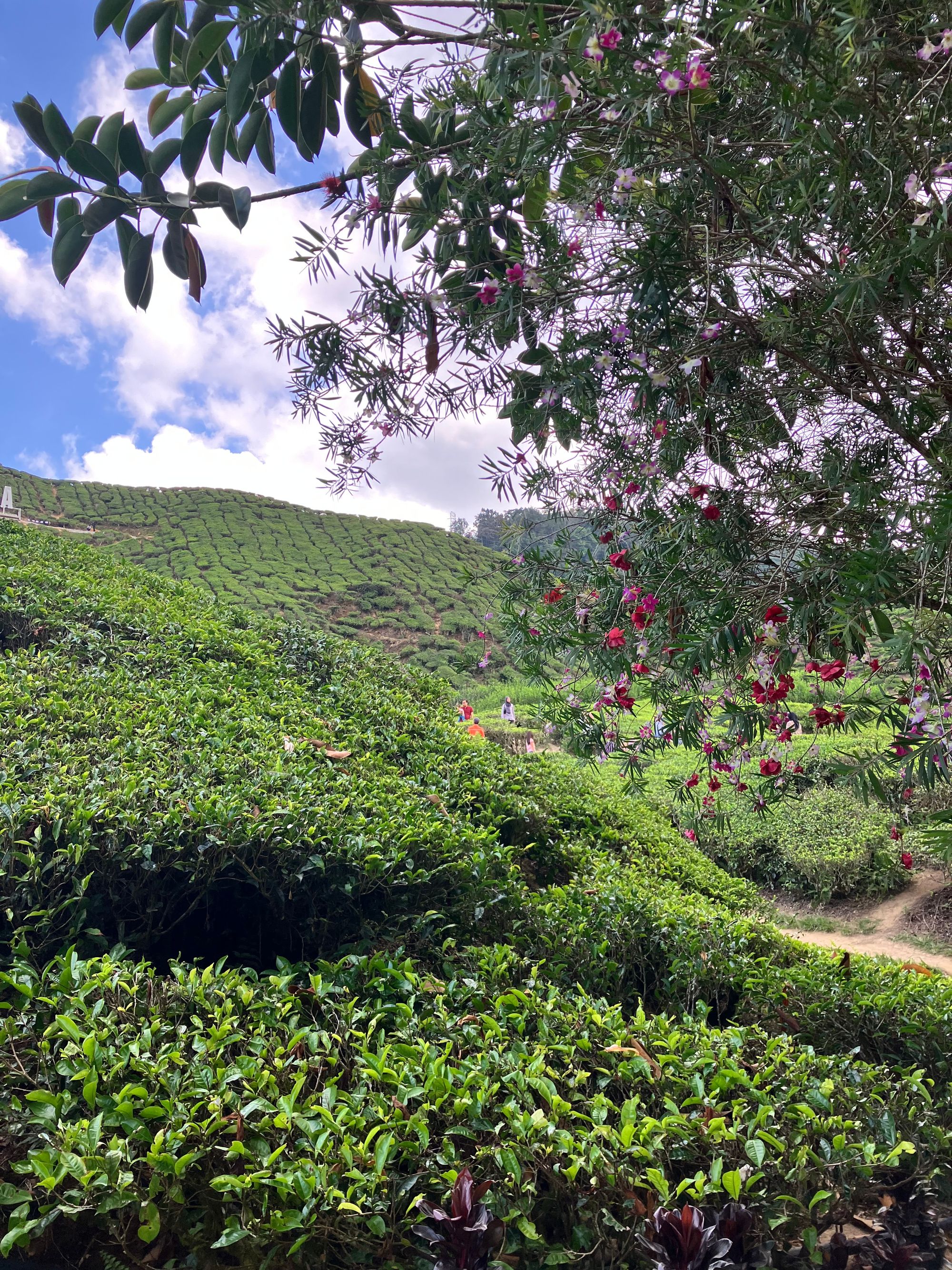
The area is very similar to rural England, with fresh air, green landscapes, and a cool climate all year round. One of my pet peeves is when Westerners claim that they have discovered a land, a region, a city, etc. As if these locations materialized out of thin air only then, for their chosen eyes, and did not exist before their blessed arrival. So, I was immensely irritated to read from all sides how Cameron Highlands was discovered by the British trying to escape the tropics and the humidity of the lower parts of Malaysia. Discover, surely not, but man did they develop this hill station. The cool breeze and regular rainfall have surely helped too, by making the place adequate for cultivating everything needed for the typical British culinary idyll. Roses, lavender, tomatoes, grapes, tea, mushrooms, beans, and strawberry fields forever. Add plenty of tartan upholstery all around you, and a golf court in every direction, squint a bit and you might as well be in the Scottish Highlands.

The hills are dotted with unappealing small towns, where there are gaudy restaurants, cheap trinket shops, and buildings that have seen better days. But you come here for the landscape and for the temperatures, so look away. We were lucky to immediately immerse ourselves in a bustling night market, where we admired the colorful produce and tasted street food delicacies such as fried mushrooms and fruit juices. The most iconic experience must be the visit to a tea plantation, though. You are spoilt for choice, there are so many to choose from, but it must be done because they will all delight you with their dramatic topography, lush fields, fragrant smells, incredible views, and tearooms overlooking it all. Don't underestimate the effort needed to enjoy this experience, wear sensible shoes because there will be lots of climbing, slipping, and barely keeping your balance amidst the tea bushes. There is a tourist train that allows for an easier visit, of course, or you can spend your time in a gift shop, choosing teas that taste like strawberries, and melted chocolate, while pinching yourself. How is it even possible that such a fairy tale place even exists? And will you really have to endure the excruciating drive back? Couldn't we just...stay here? It would be simpler. And by doing that, you would be honouring the Italian tradition of "la villeggiatura", the idea representing retreating to a fresher, countryside home, to pass the summer months, slowly and peacefully. Dai, facciamolo!
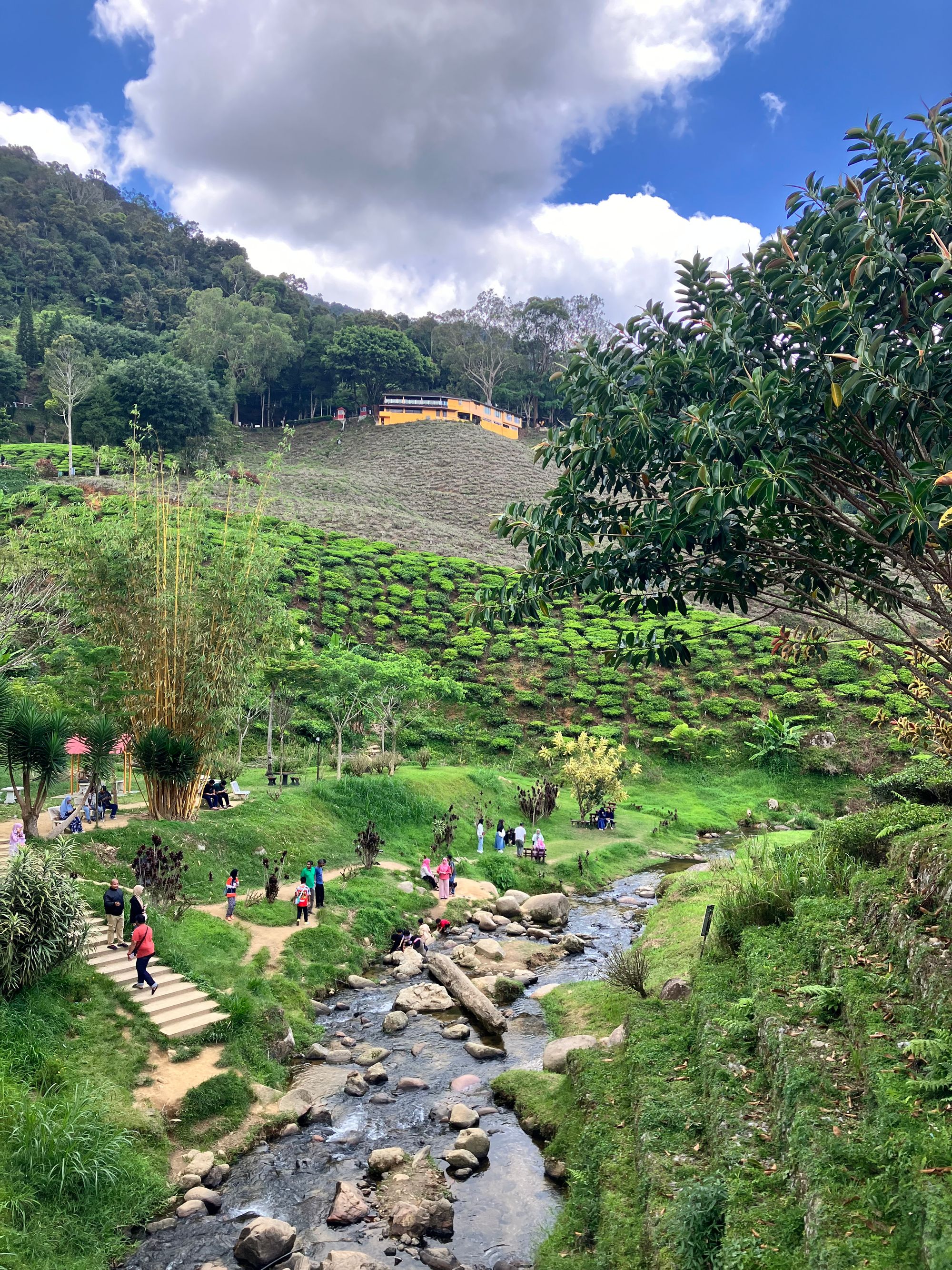
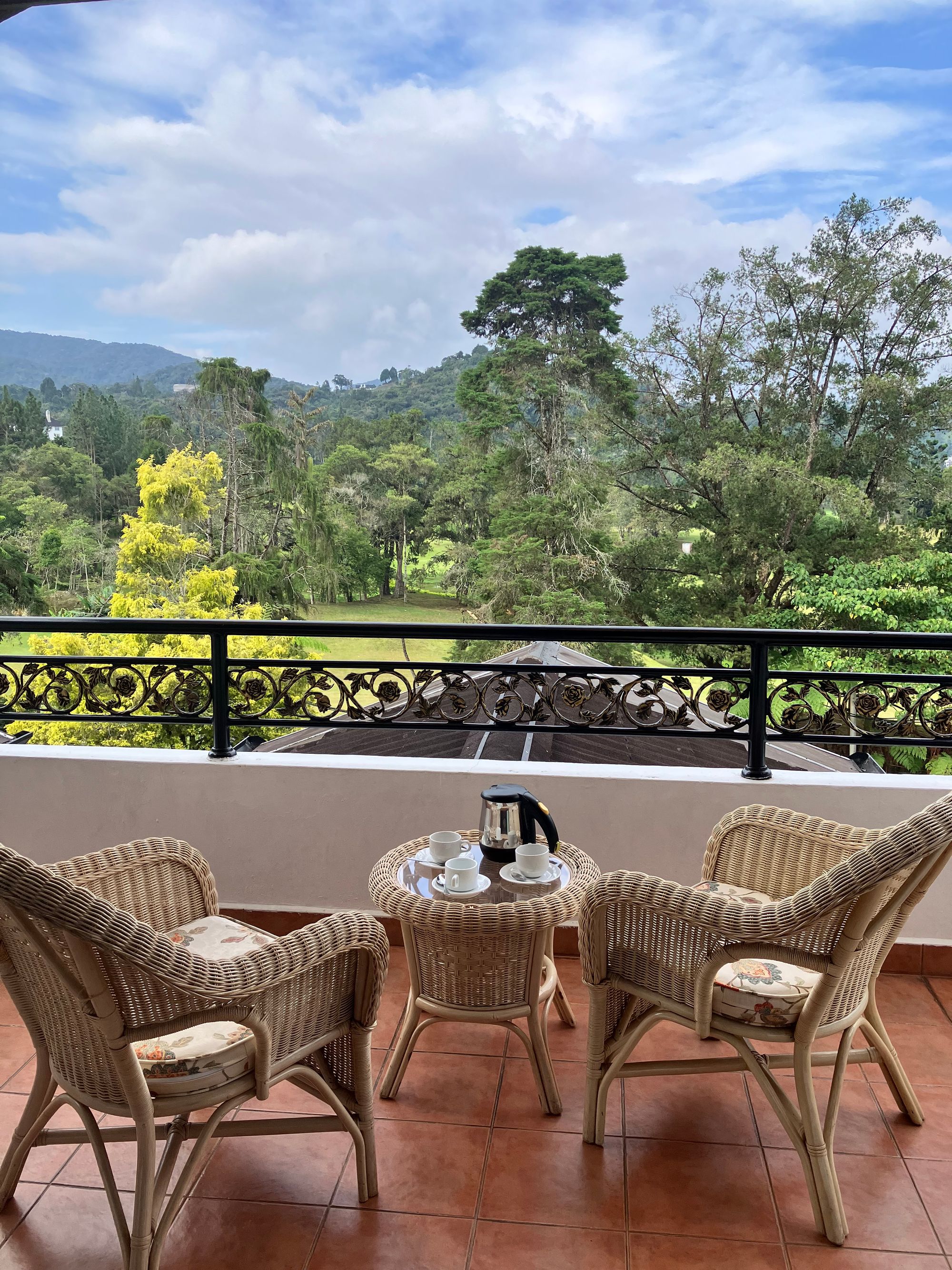
I had very high expectations of Langkawi, an island in the northern Malaysian archipelago, surrounded by the Andaman Sea. It is safe to say it was to be the cherry on top of this South Asian tour, a well-deserved tropical paradise stop that we looked forward to. There await the beaches, the surrounding 99 islands, the warm waters of the sea, luxuriant vegetation, unspoiled landscape, and street food that melts in the mouth. Humble fishing villages and charming lighthouses, the mist rising slowly every morning like a theatre curtain and revealing the jungle dotted with waterfalls. The most exclusive hotels are basking in the sun along the roads and exquisite restaurants are hidden in the jungle that overlook the greenery and absorb the most radiant sunset. You eat extraordinary gourmet dishes while keeping an eye on the lizards playing above your head, on the ceiling. Such restaurants have only Western tourists who indulge it all greedily while asking a flabbergasted waiter if the salad is washed with tap water or with mineral, bottled water, 5 euros per bottle. I chuckle at the guy devoid of reality and know instantly that he has never prepared a salad in his life.
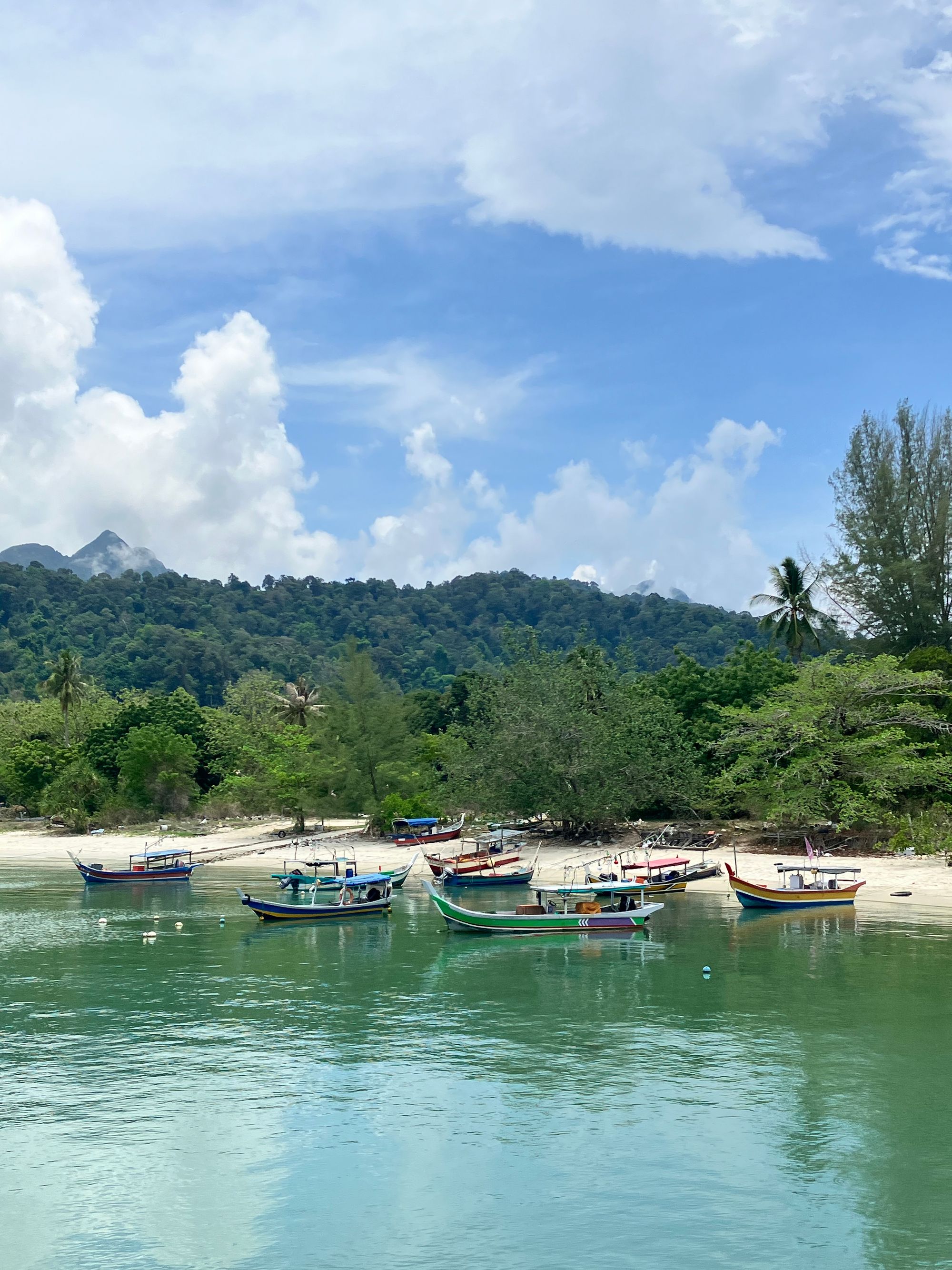
High and low mixed and jumbled all together, the daily effort of a hard-working cook sold on a food stall for a euro, right next to a shop with European chocolate and Japanese prices. In the end, since travel is essentially always a risk and a gamble, I will carry the memory of the island in me for the rest of my life, but perhaps for different reasons than planned. Langkawi is shrouded in a local legend of a wronged woman who cursed it and turned it into an unlucky place. The curse was supposed to expire in the mid-eighties, but someone did not get that memo. So, I got hurt while being there and I started to take into consideration the cliche that the greatest beauty brings the greatest misfortunes and to ponder the plausibility of things like jinx, evil eyes, and bad karma. The jury is still not out on this, I survived, but sometimes I have no rational explanation for the number of accidents beleaguering me, and not only in Langkawi. Â
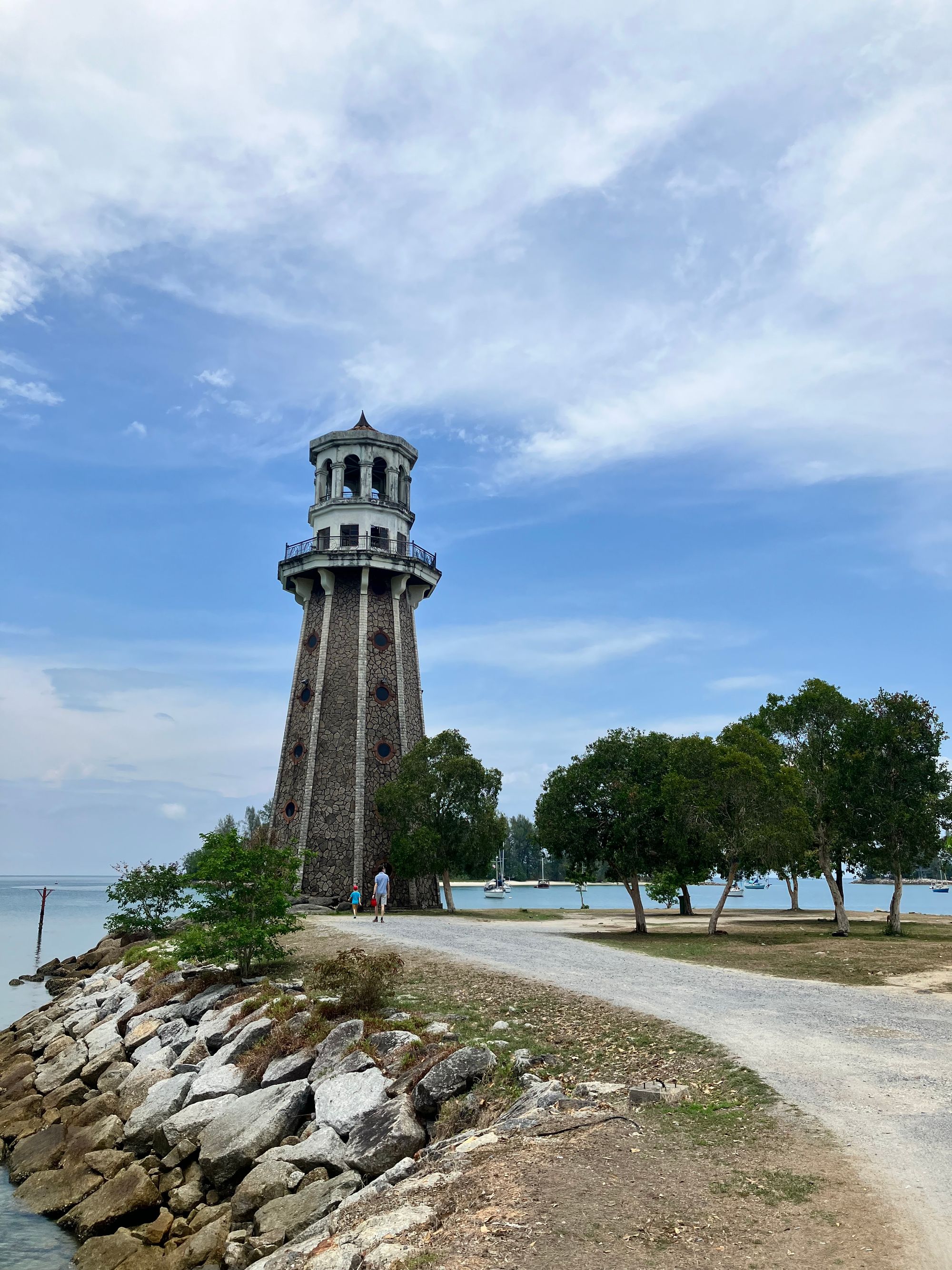
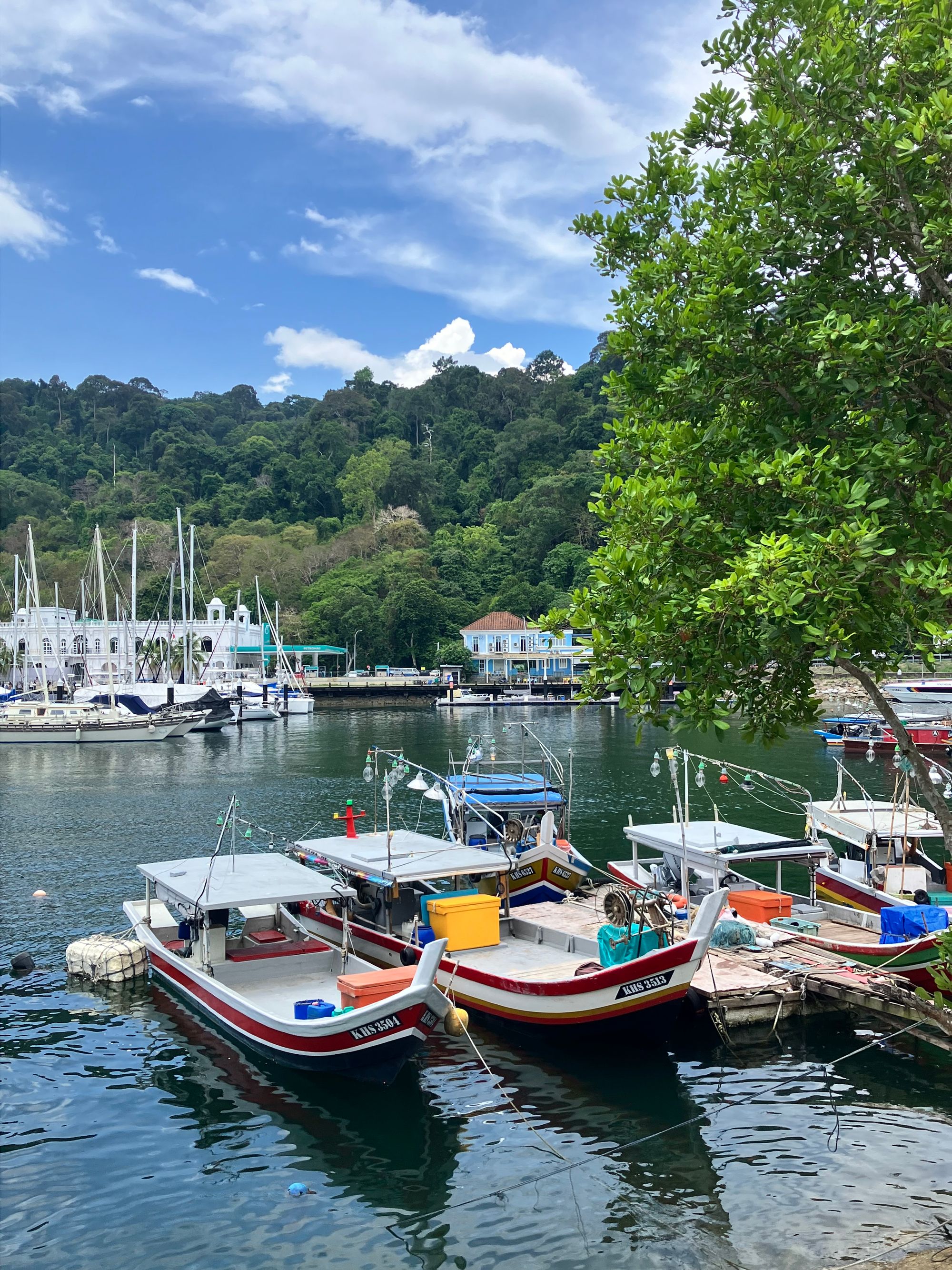
Just like in the rest of the region, there are no mosquitos in Langkawi. The explanation is that countless bats eat them, but I suspect that some complex biological warfare has been waged on the little pests, and I do not complain. We were tucked into a bungalow grove, with tree houses around us and the most pleasant swimming pool we ever went into. The warmth of water was extraordinary at all times, and it coaxed even the most sensitive to cold among us, to venture inside. Even for this rare occurrence only, I would remember the island with pleasure. There is a feat of extraordinary and unexpected engineering to be found on top of the island: The Sky Bridge. After the trip by cable car, you encounter this architectural marvel that spans the two tallest peaks of the island, a metal necklace suspended in the clouds. Panoramic views of the jungle and the ocean stretch as far as the eye could see. The eagles that gave the island its name glide above you and the turquoise colors of the water below glisten invitingly. Â Sun, sand, sea, the holy trinity of the tropics.
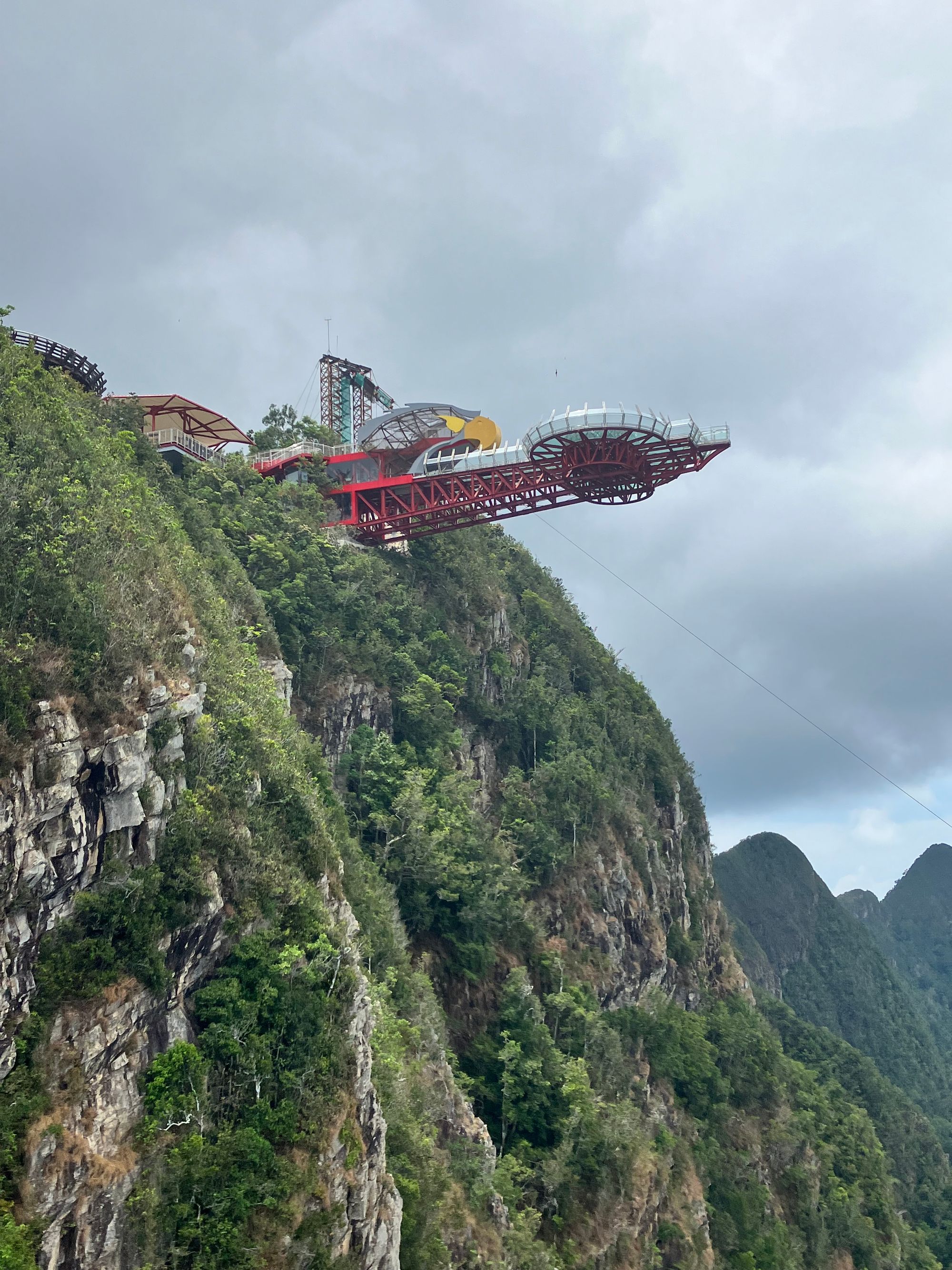
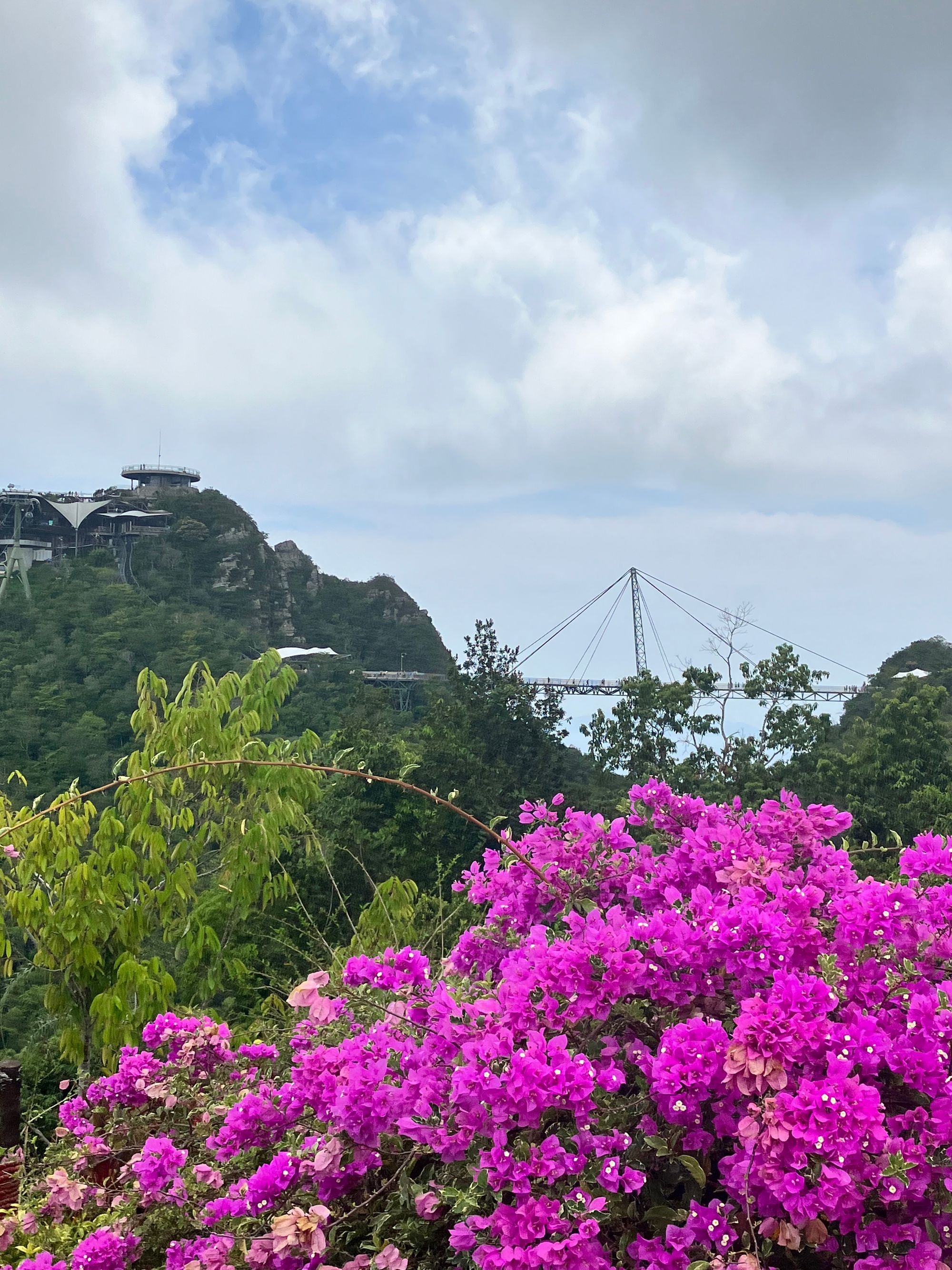
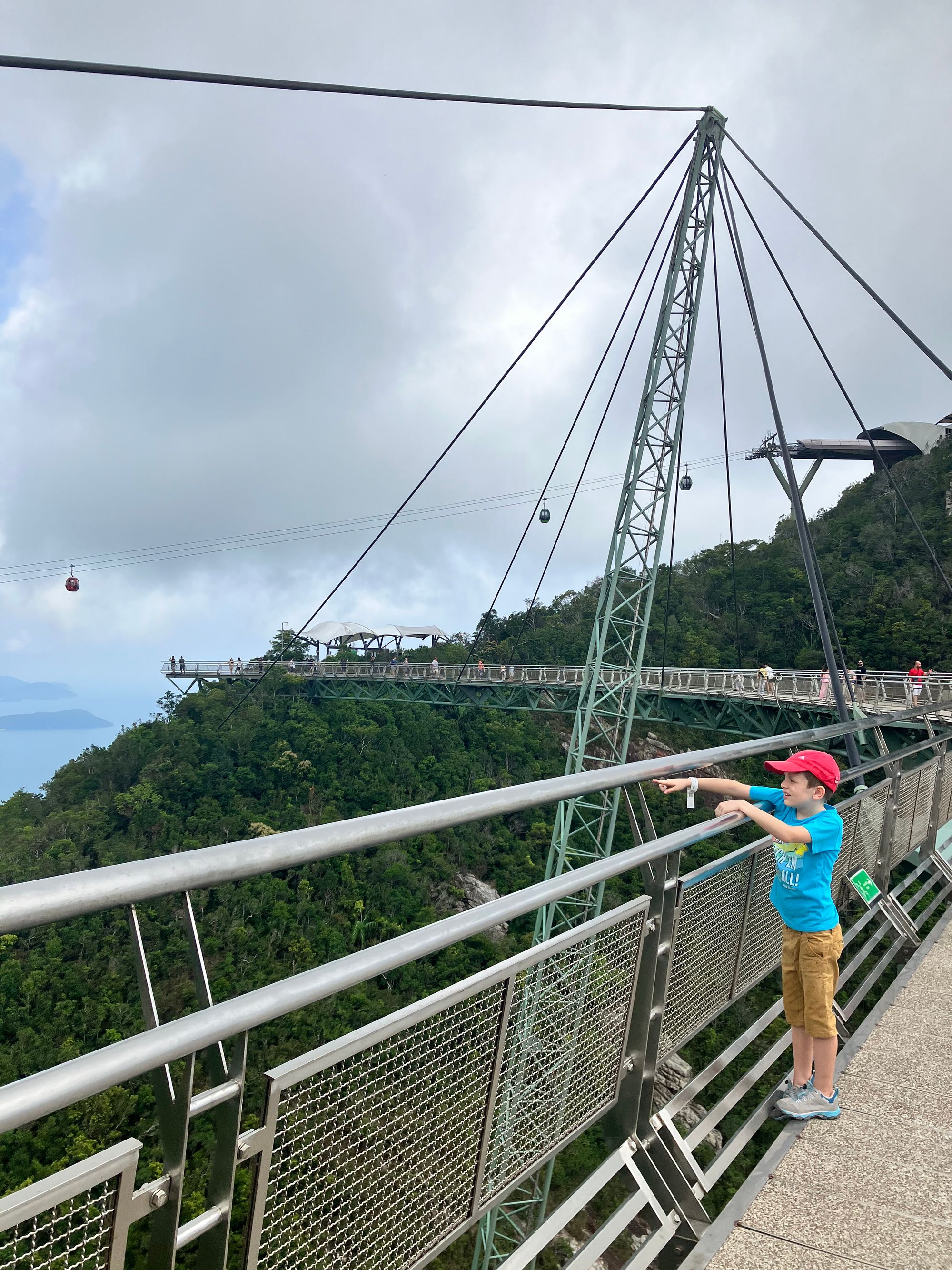
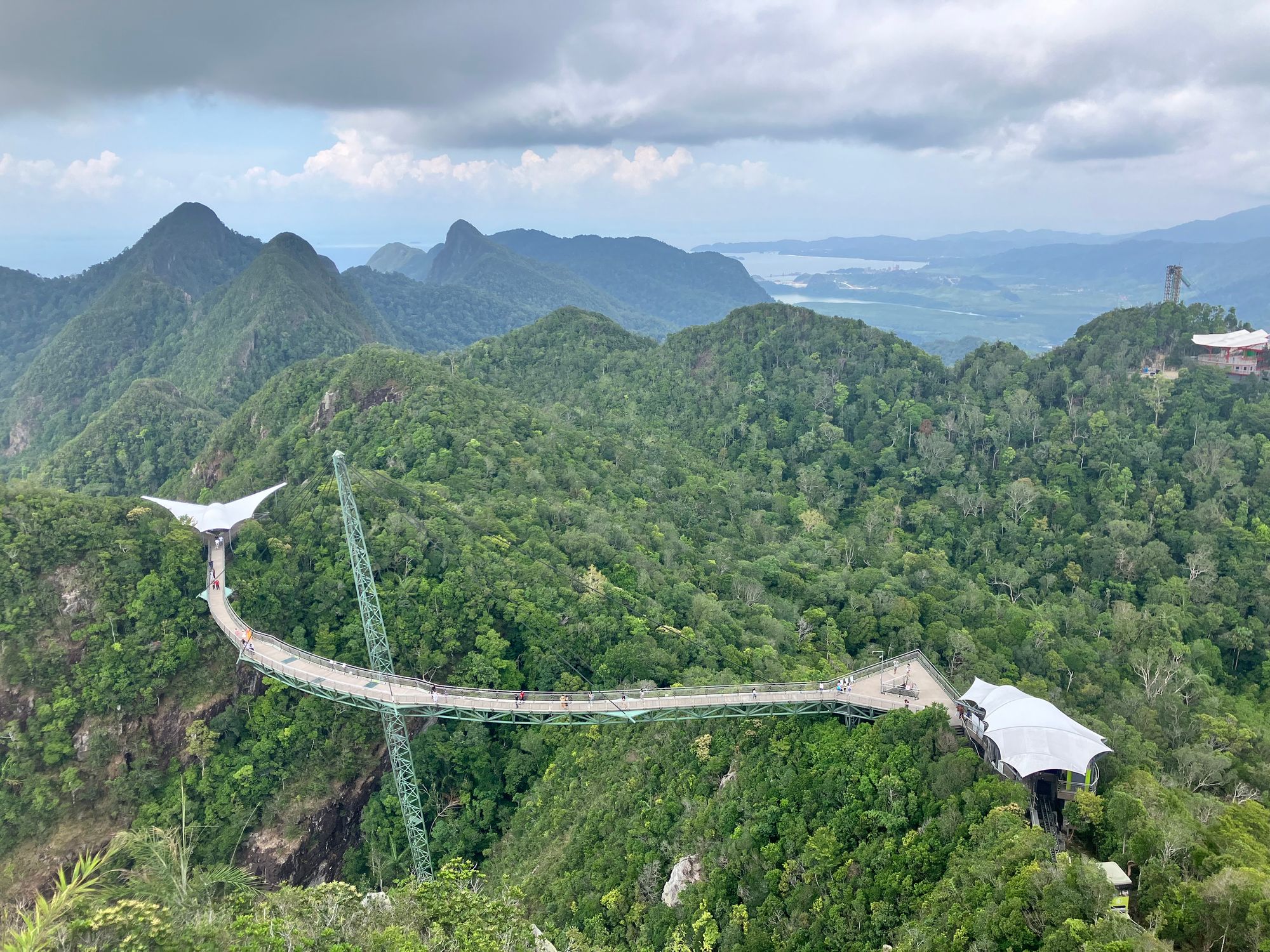
Malaysia is far bigger and more complex than this brief overview could ever depict. There are places I omitted and others where I rushed through, places that were closed or unavailable at the moment of our travel. But a small slice of what we did experience was a wonderful mess, bright, colorful, full of life, spice, and reality. Nevertheless, there is a sense of strange harmony there, people seemed happy, welcoming, warm, and friendly. That alone is an asset that makes me love it, after a frigid social life in northern Europe. I somehow don't feel that I am done with Malaysia, it definitely merits another try, perhaps in a dry season. Well-preserved heritage, cultural and geological, Â stunning landscapes, and a medley of cuisine, traditions, and lifestyles, are all its strong selling points. If neighboring Indonesia and Thailand are in any way similar, they could be our potential next destinations. I am forever enamored with Asia, so no, not goodbye to Malaysia, only alla prossima volta. Even if its salad is not washed with mineral water.
